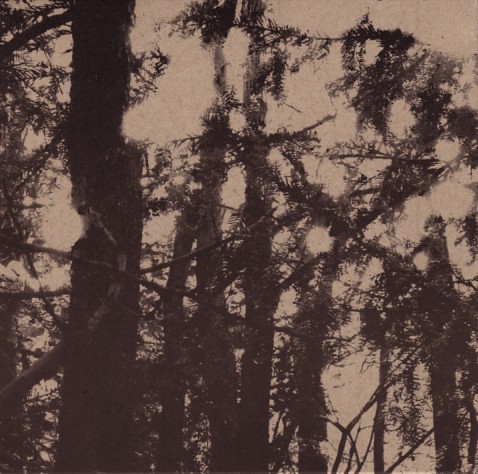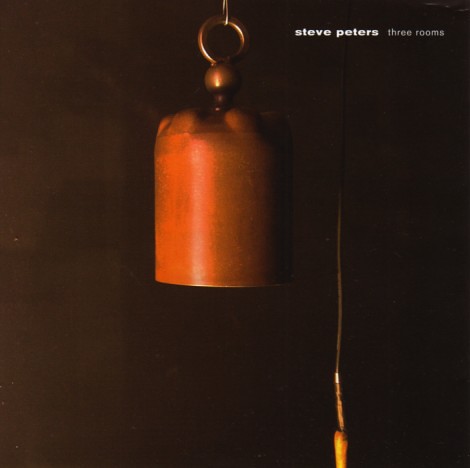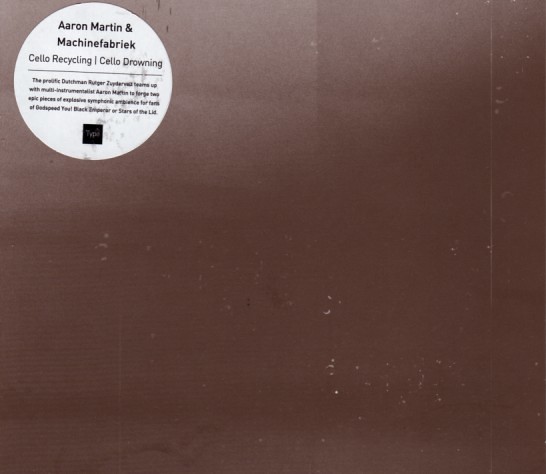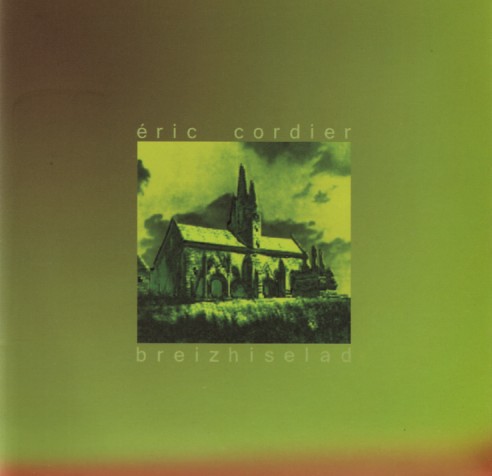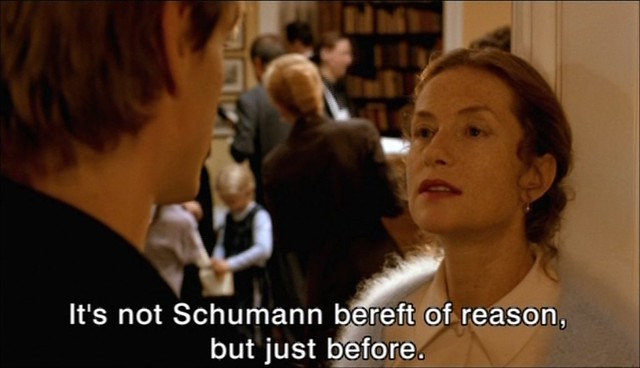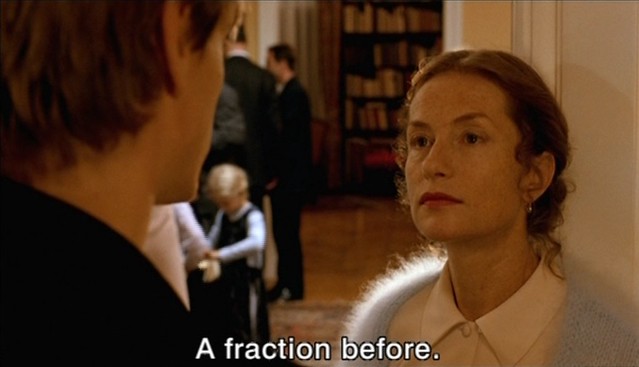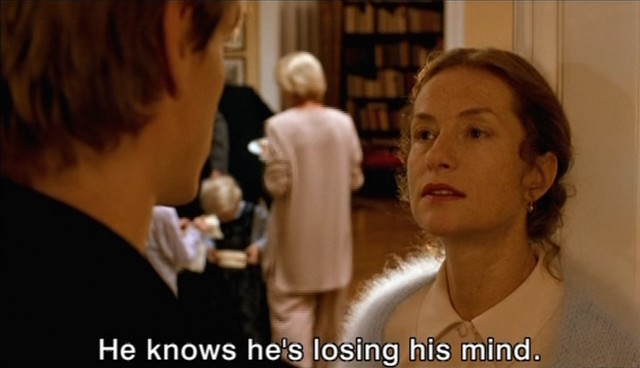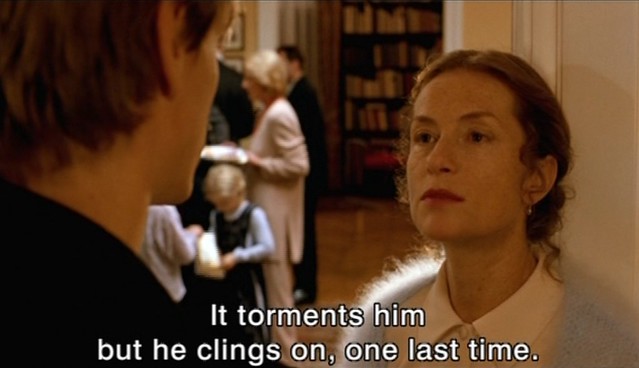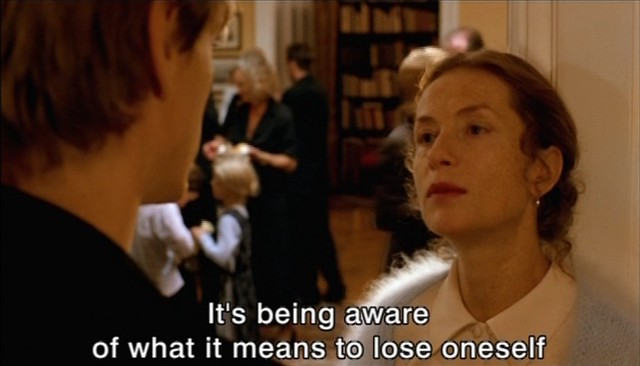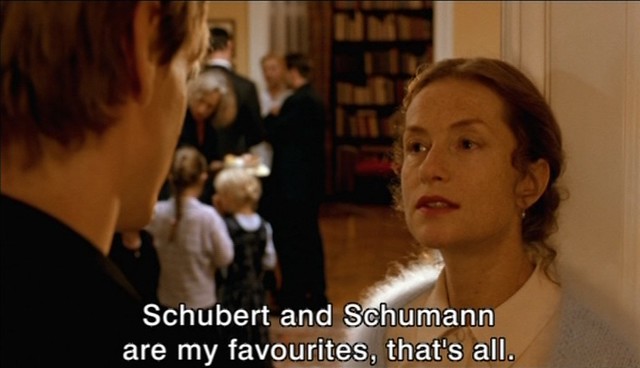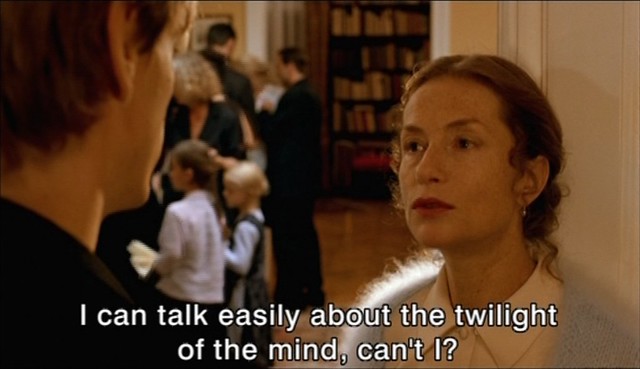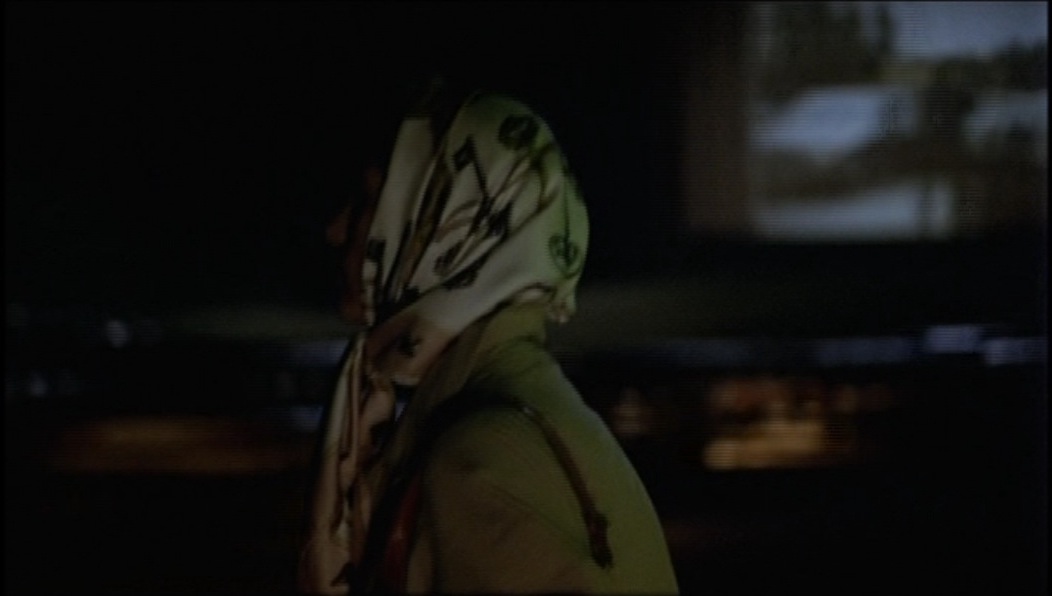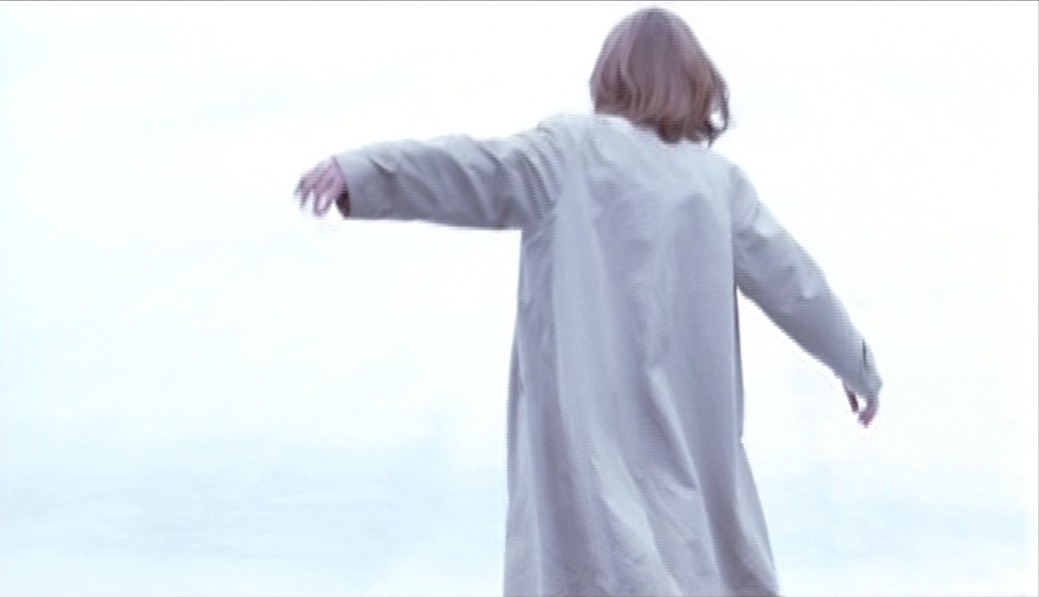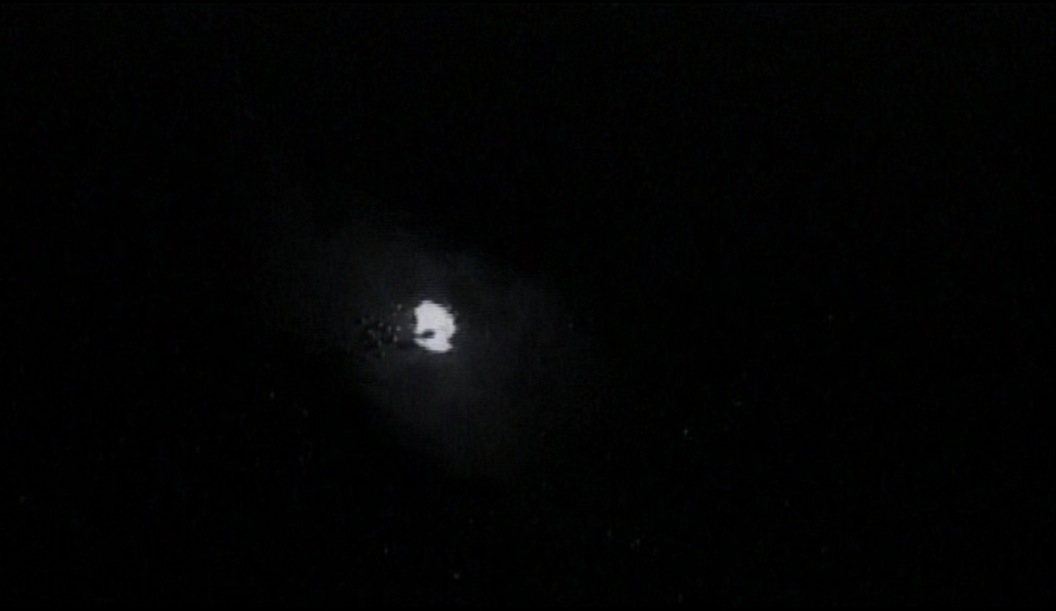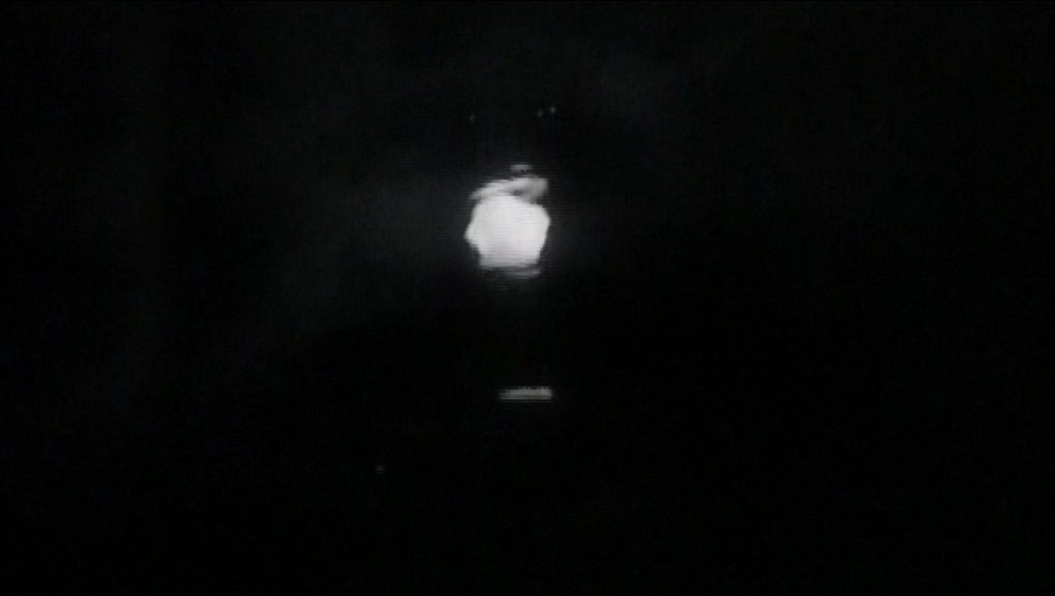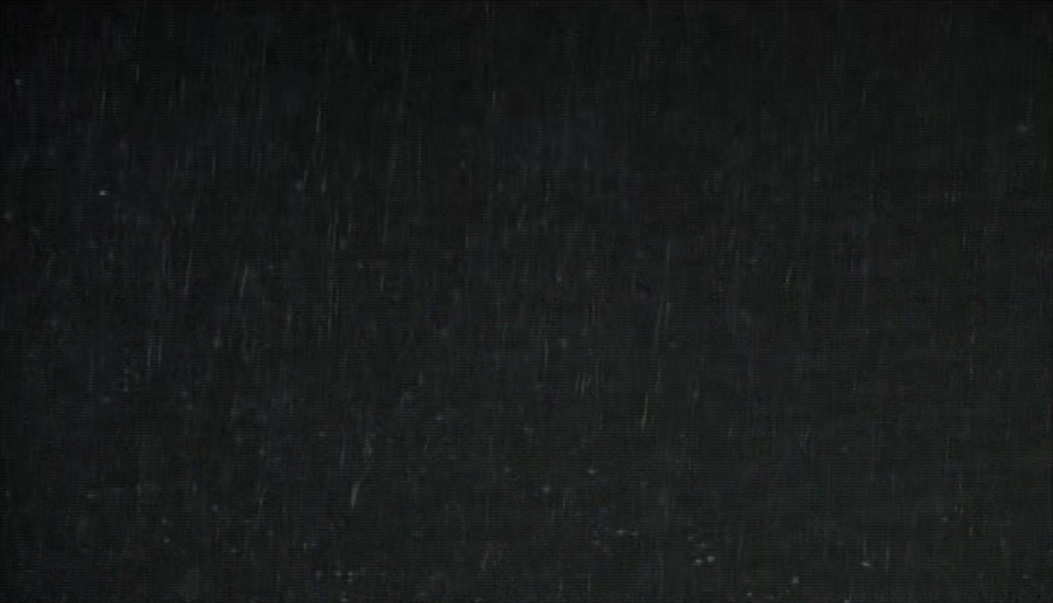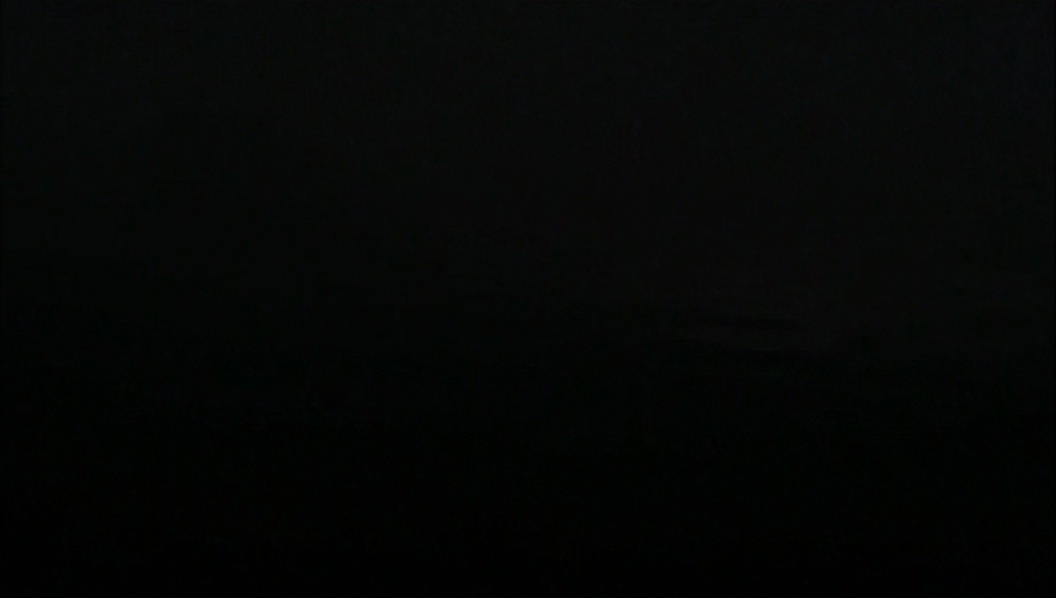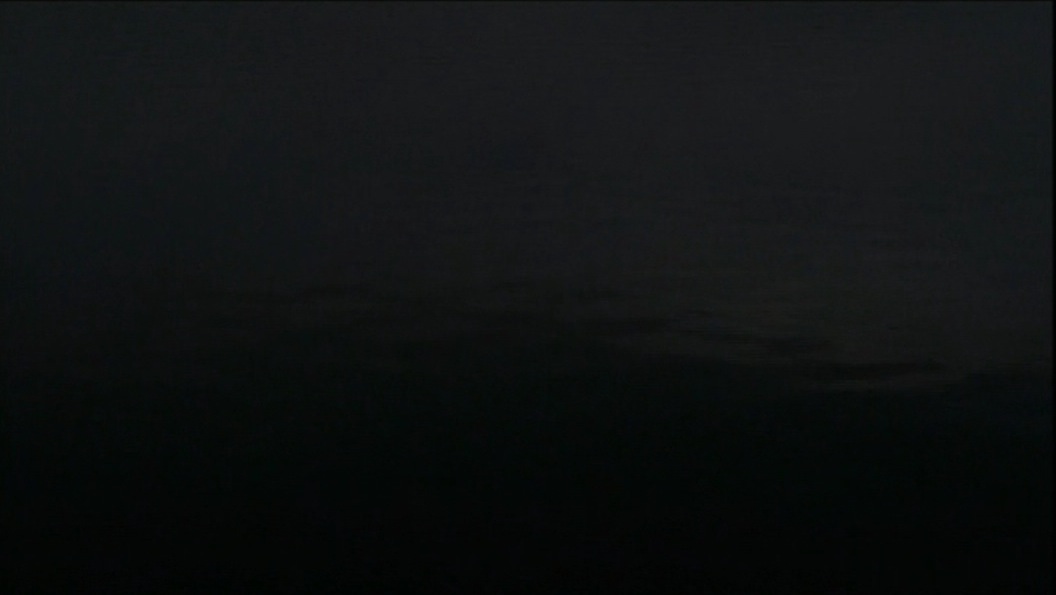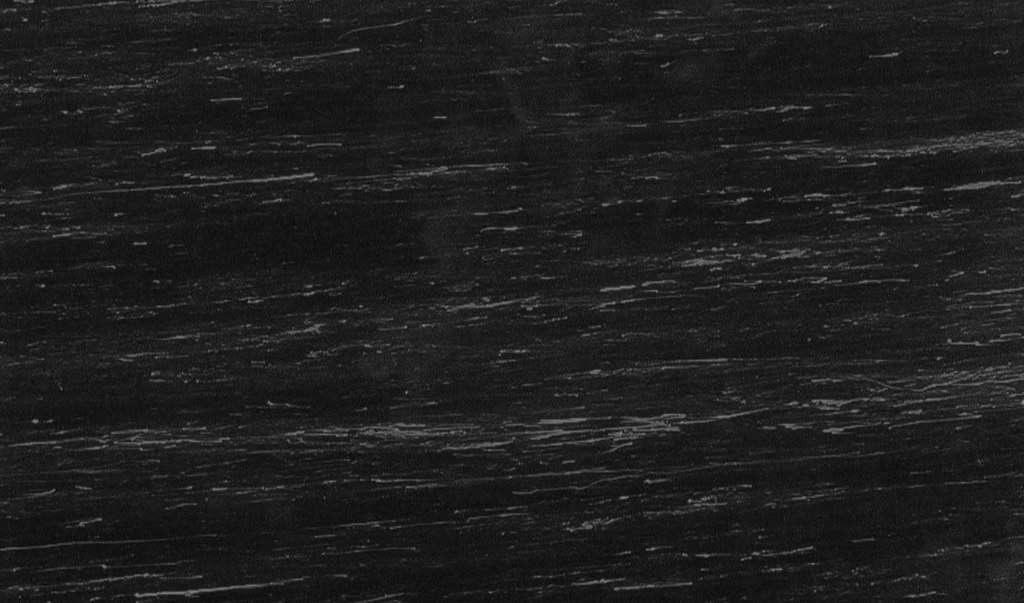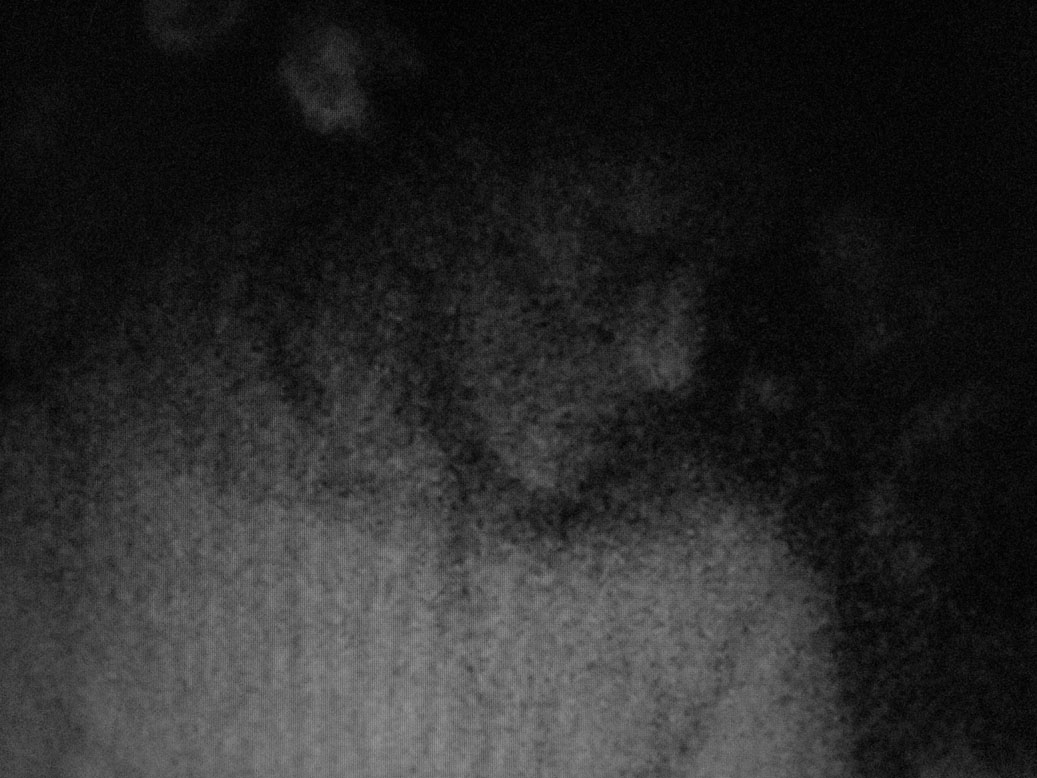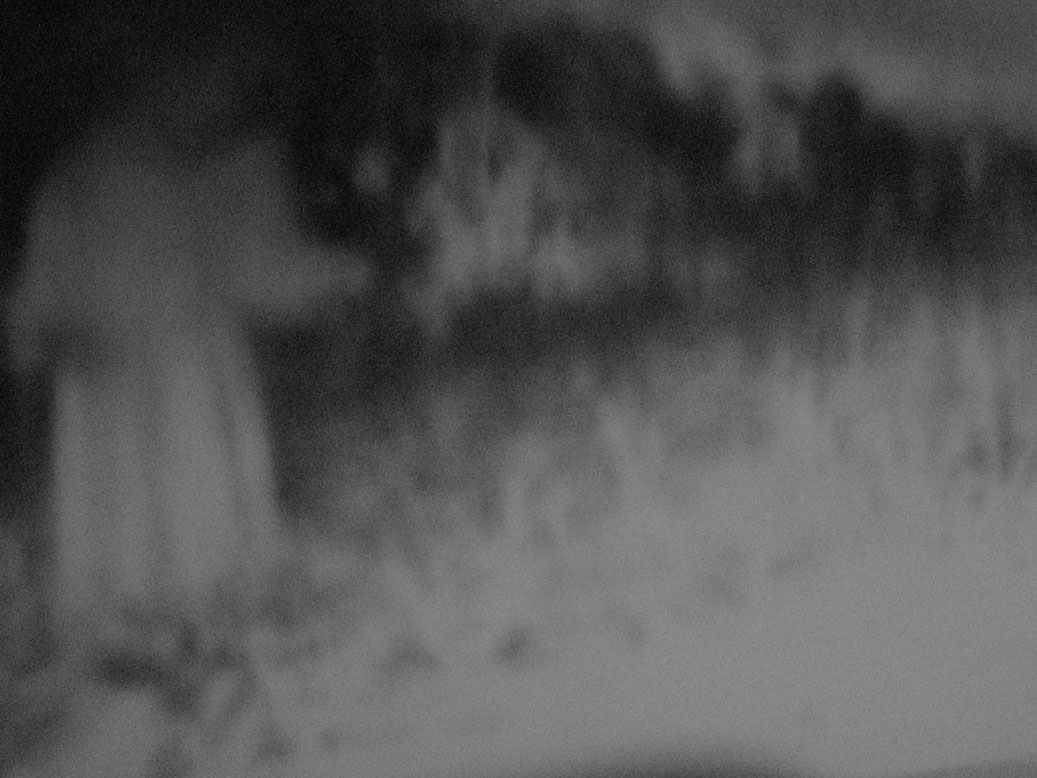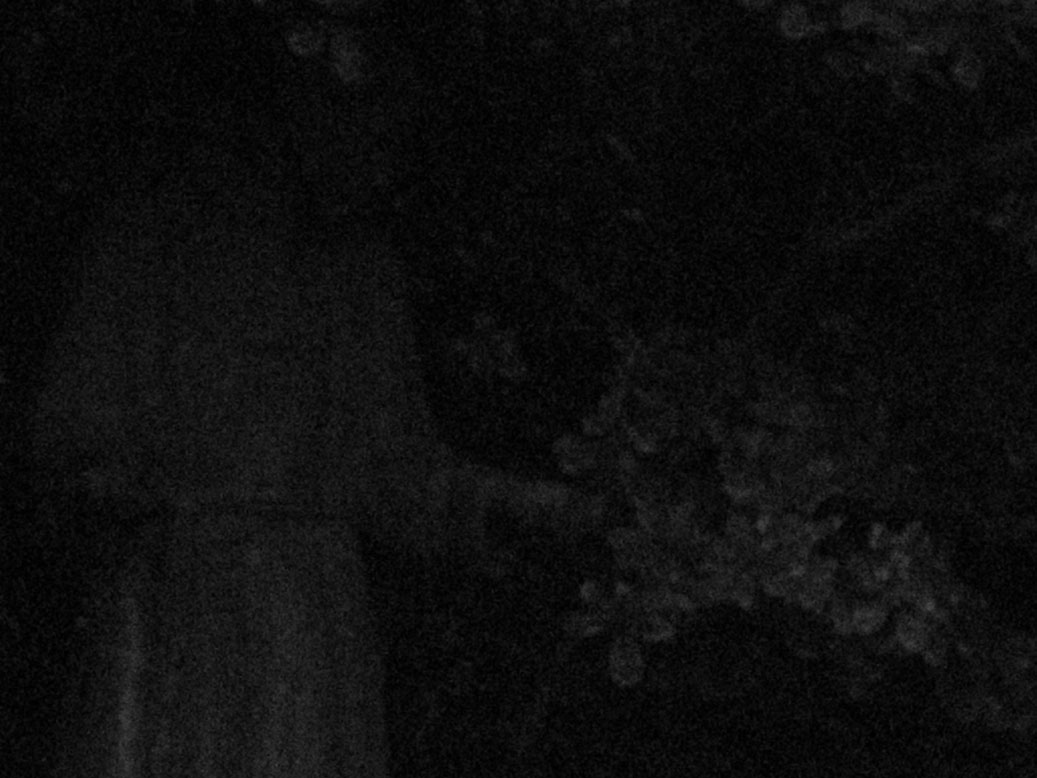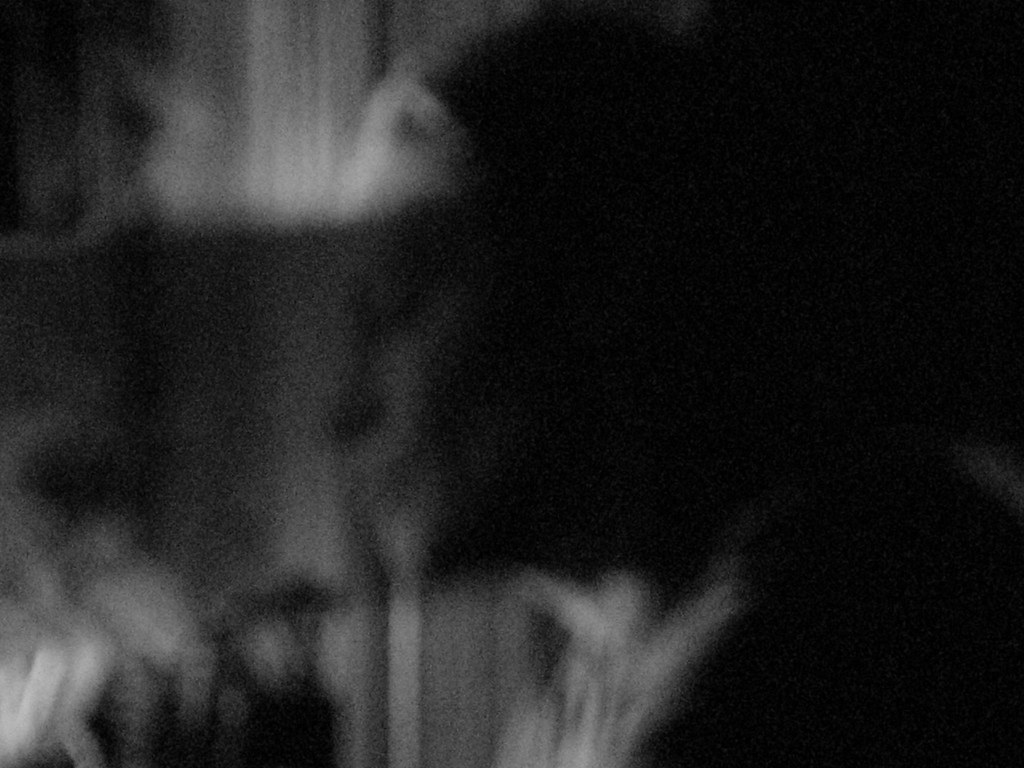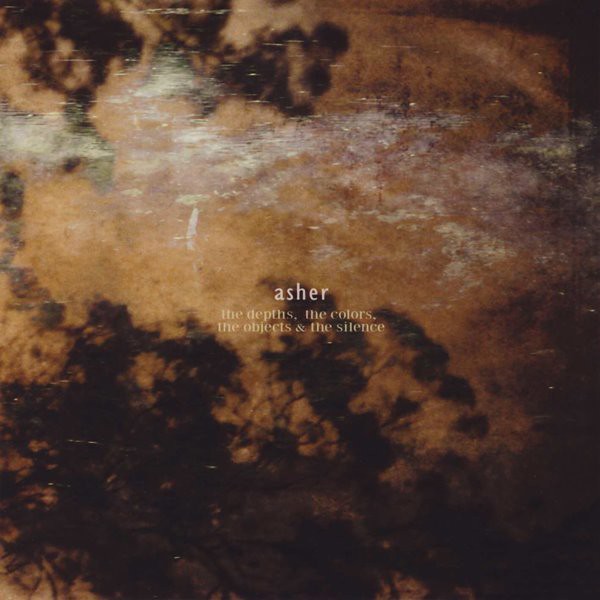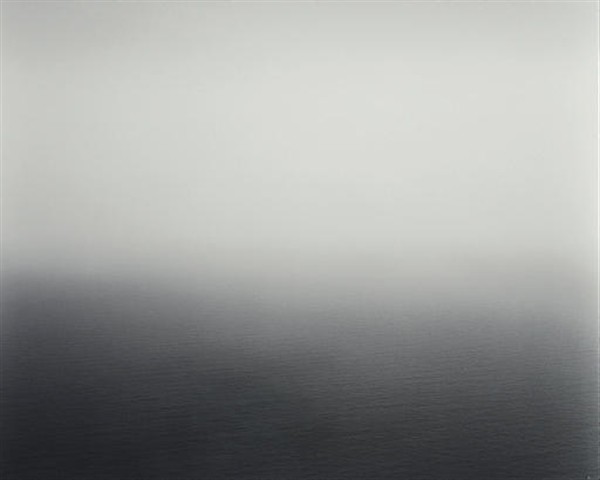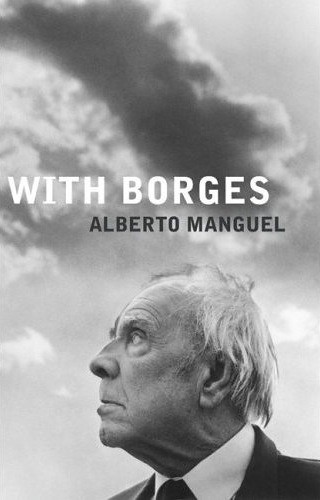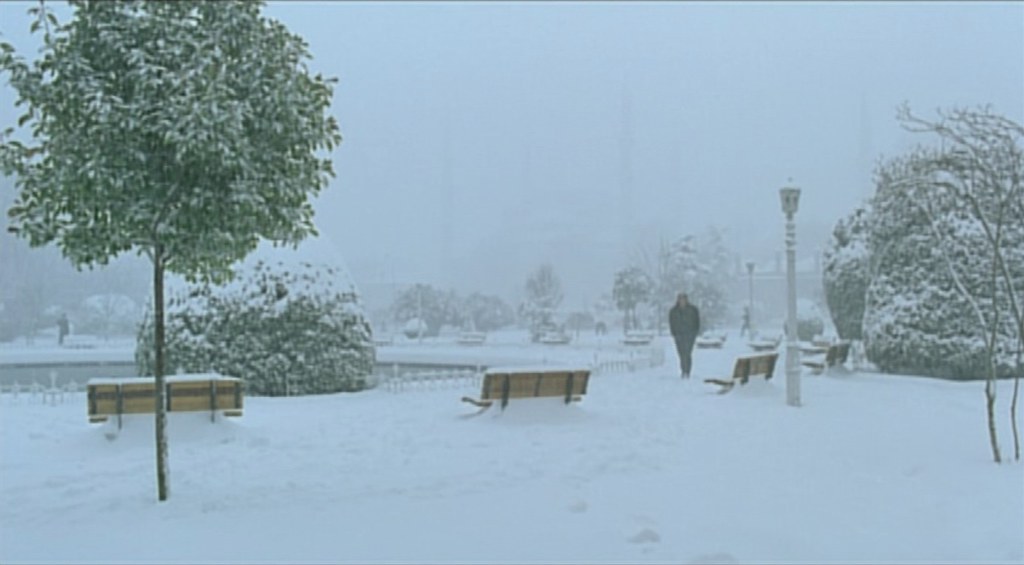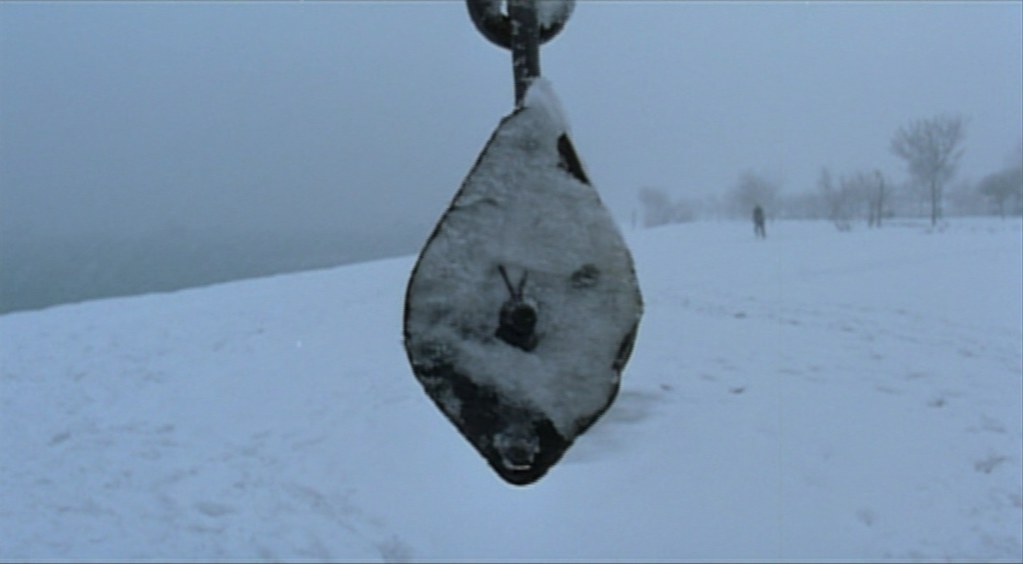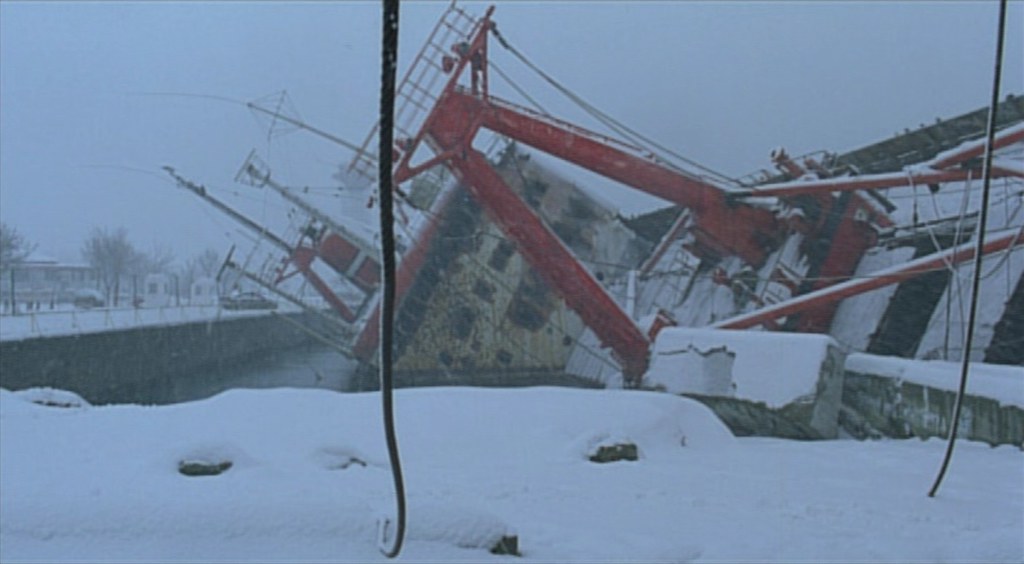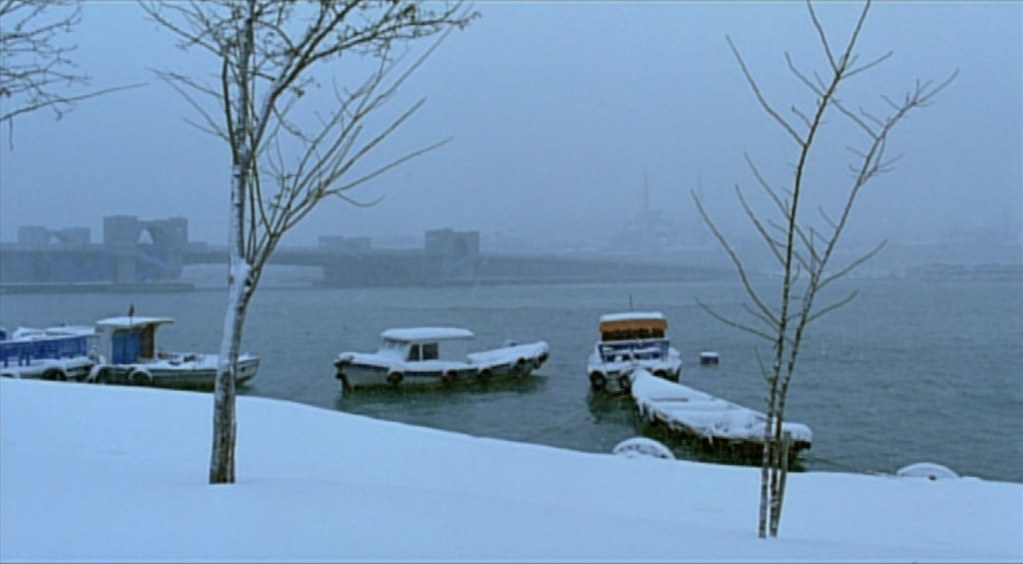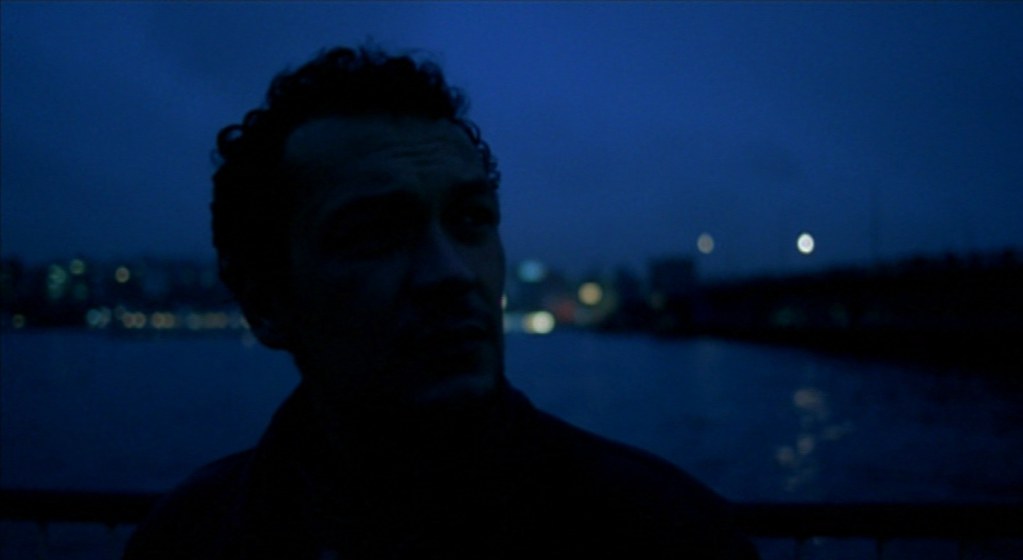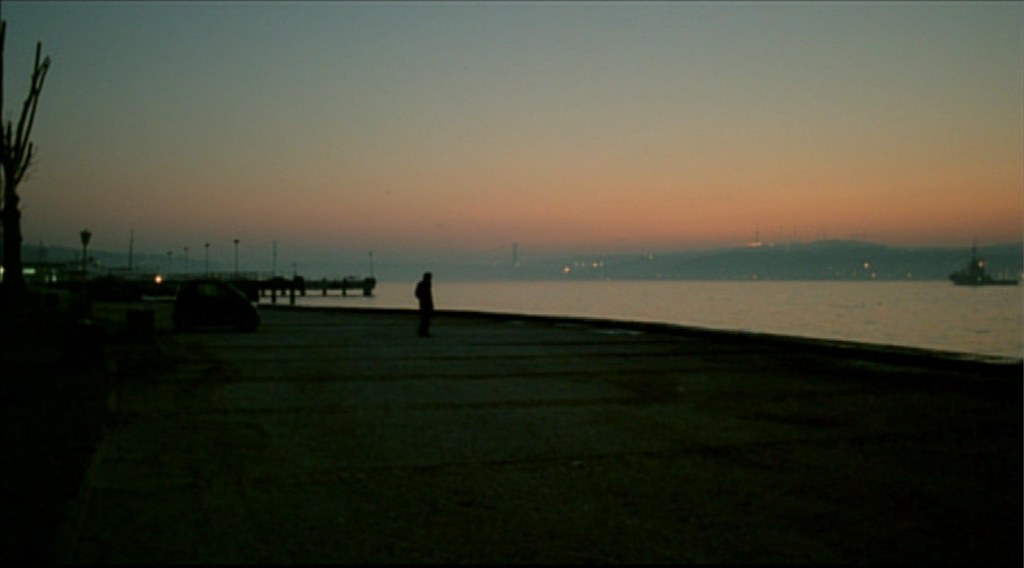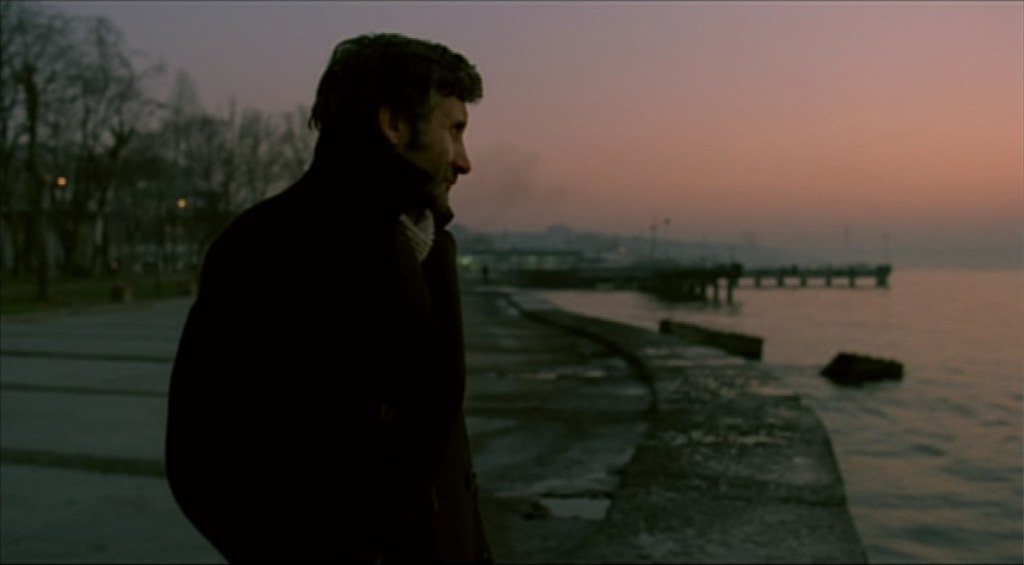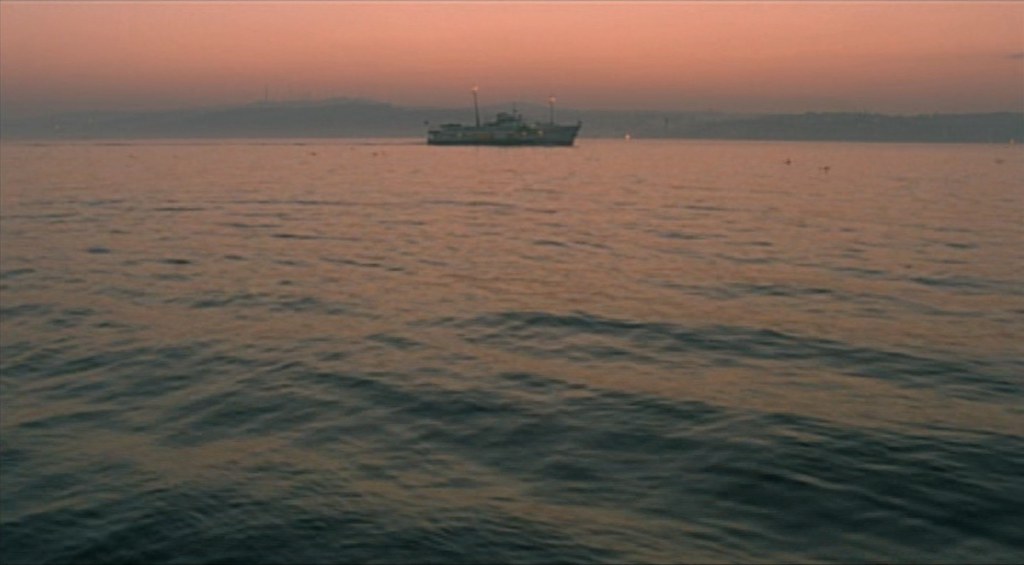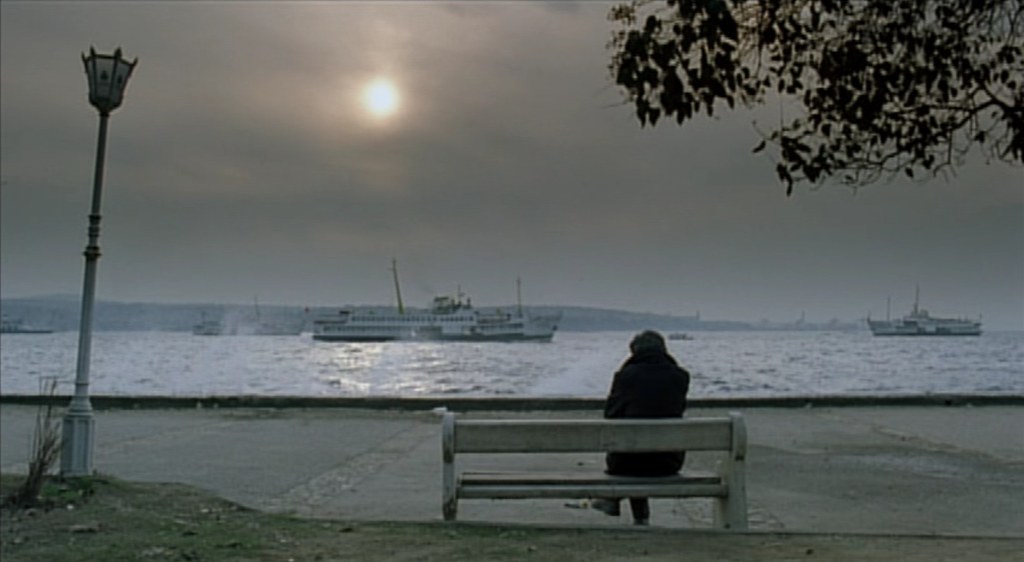"peter wright plays disconnected avant guitar gloop distilled through a series of electronic filters and single malt, heavily influenced by guitar pop, free jazz/improv, atonal guitar noise, cats and city trash.. he was born at 43.3170s, 172.6330e and currently lives at 51.4450n, 0.1510w.
(some) influences: saul bass, sergio leone, akira kurosawa, stanley kubrick, the kinks, tape loops, radiohead, john coltrane, bowie with eno, andrei tarkovsky, jim jarmusch, twin peaks."
"this is the sound of misery and death, and ultimately, of hope and redemption"
from his site.
discography (select):
-at last a new dawn, 2007
-crater lake, 2007
-folk songs and blackness, 2006
-air guitar 7", 2006
-red lion, 2006
-unvarnished, untreated, unzipped, 2006
-pariahs sing om (3cd set), 2006
-desolation beauty violence, 2005
-yellow horizon, 2005
-red lion 'tour edition', 2005
-distant bombs, 2004
paul celan, inhabited, dishabited from threadsuns, 1968
(pierre joris):
inhabited, dishabited,
indishabited,
the obedient darkness: three
bloodhours behind the
gaze-spring,
the coldlight-ocells, s-
mothered by blinding,
the thirteen-
plumby nothing:
over you, with
the luckskin,
it folds itself
during
the ascent.
*
"originally composed as sound installations, these three delicate pieces - or rooms, as the title states - are the result of very personal investigation regarding the interaction between physical spaces and the experience of listening. the selected compositions on the disc seem to emanate themselves from these spaces to continuously create room(s) for the listener, intensifying quietly and subtly our awareness"
discography (select):
-three rooms
-from shelter
-with my back to the world: agnes martin (DVD)
-here-ings: a sonic geo-history (CD/book)
-in memory of the four winds
-emanations
paul celan, whitesounds from threadsuns, 1968
(pierre joris):
whitesounds, bundled,
ray-
passages
over the table
with the bottle post hence.
(it listens to itself, listens
to a sea, drinks it
too, unveils
the roadheavy
mouths.)
the one secret
butts forever into the word.
(whoever falls off that, rolls
under the leafless tree.)
all the
shadowclasps
on all the
shadowjoints
audible-inaudible
that announce themselves now.
*
"the ‘cello recycling’ project was originally commissioned for use in an art gallery; zuydervelt took cello improvisations from aaron martin and built them into the slow-burning post-ambient monster that is ‘cello recycling’. however here we see the original piece accompanied by aaron martin’s take on rutger’s work, where he ‘drowns’ the original piece in a bath of murky water taking into submerged directions it has never before drifted. the two pieces together are perfectly complimentary showing two sides to a tarnished coin – one giving us pent up emotion, fizzing and shuffling awkwardly until it explodes majestically, the other giving us peaceful reflection as seen through the eyes of a serial killer who has just completed his final gift to the world. an inventive and incredibly beautiful look at the cello as an instrument and noise making tool."
paul celan, in the noises from threadsuns, 1968
(pierre joris):
in the noises, like our beginning,
in the ravine,
where you fell to me,
i wind it up again, the
musical box-you
know: the invisible,
the
inaudible one.
*
".....masterpieces of the traditional music of french brittany. apart a few field recordings all the material on this record originates in extracts from two songs of the a side of a 10" 1960s reissue of a 78rpm. the story begins when a breton cousin discovered the record at his grandmother's house. on first listening, i found it to be horrible - but a work of genius. horrible because of the catechism-like vocal arrangements but a work of genius in terms of the beauty of the melody and the conviction of the singers. another particularity is the importance of the disc itself, whose vinyl surface is nearly erased, polished under a sea of cracks. my project has been to transpose this traditional music into the tape music medium with a view to preserving what is strong in the source material and erasing the sugary, churchy treatment of these originally popular songs." eric cordier
paul celan, speechwalls from threadsuns, 1968
(pierre joris):
speechwalls, space inwards-
spooled in upon yourself,
you holler yourself through all the way to the lastwall.
the fogs are burning.
the heat hangs itself inside you.
(in terms of a review; read paul celan's descriptions (they are more than suitable), and run right out to buy these, they are beyond my words)

